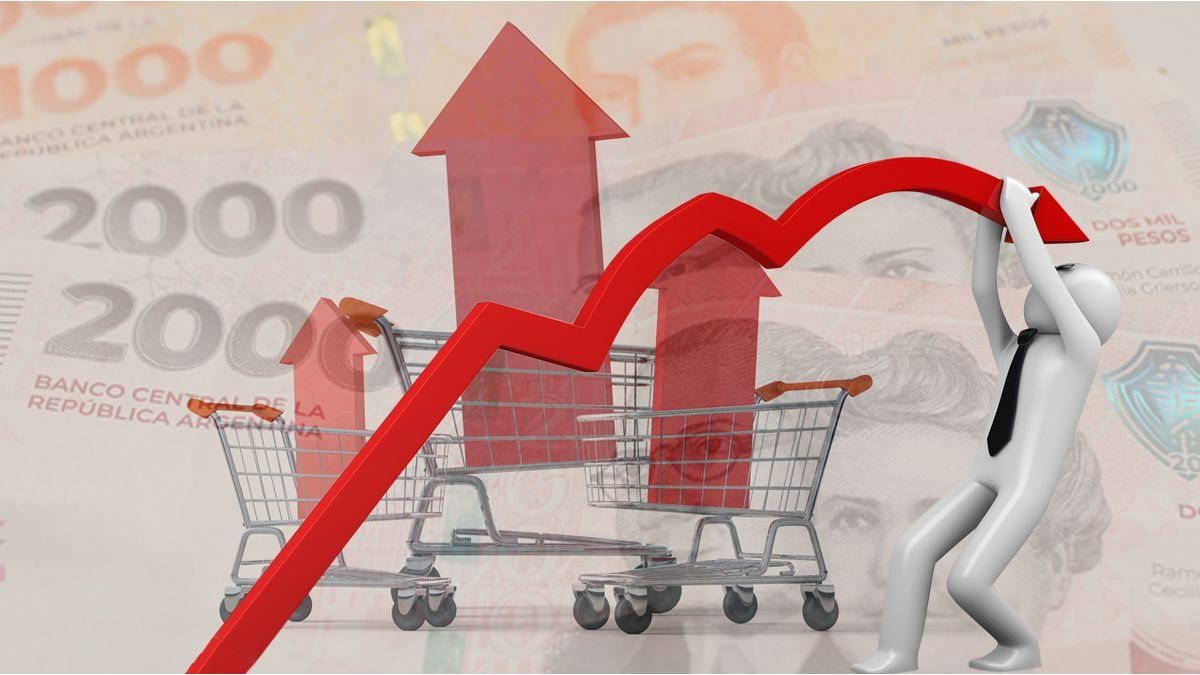The monetary authority released a more optimistic inflation indicator than the estimates reflected in the Market Expectations Survey.
The inflation expectations on the part of investors is more optimistic than that of consulting firms and is aligned with the Government’s objectives. According to market values, the Consumer Price Index (CPI) would grow below 2% monthly starting in March.
The content you want to access is exclusive to subscribers.
This was shown by the Central Bank (BCRA) in a report titled “Implicit inflation expectations in the Argentine fixed income market.” From bond yields, the monetary authority derived a measure of inflation known as “inflation break even” (BEI, for its acronym in English).


The methodology considers that inflation rate that would leave an investor indifferent between positioning a Capitalization Letter (Lecap) at a fixed rate and another adjusted for inflation (CER). To do this, the BCRA took the prices of the securities as of November 19.
The market is more optimistic than the REM
The results show an expected price increase of the 2% for both January and February, 1.8% for March and 1.7% between April and June. In all cases the numbers are below those reflected in the last Market Expectations Survey (REM) of the BCRA.
image.png

The published report occurs in the midst of the Government’s intentions for the inflation rate and the “crawling peg” to converge first towards the 1% zone to get closer and closer to zero and thus facilitate exit from the stocks in 2025.
“The possibility of calculating the BEI on a daily or intraday basis makes it a valuable tool. For example, it can be used as a signal of high-frequency inflation expectations for the estimation of other models. However, the use of the EIB as an inflation expectation when risk premiums are not identified may present limitations in a context of financial volatility. The results show that the inflation expectations obtained with this methodology show a good adjustment with respect to the expectations collected in monthly surveys,” concluded the entity led by Santiago Bausili.
Source: Ambito
I am an author and journalist who has worked in the entertainment industry for over a decade. I currently work as a news editor at a major news website, and my focus is on covering the latest trends in entertainment. I also write occasional pieces for other outlets, and have authored two books about the entertainment industry.




